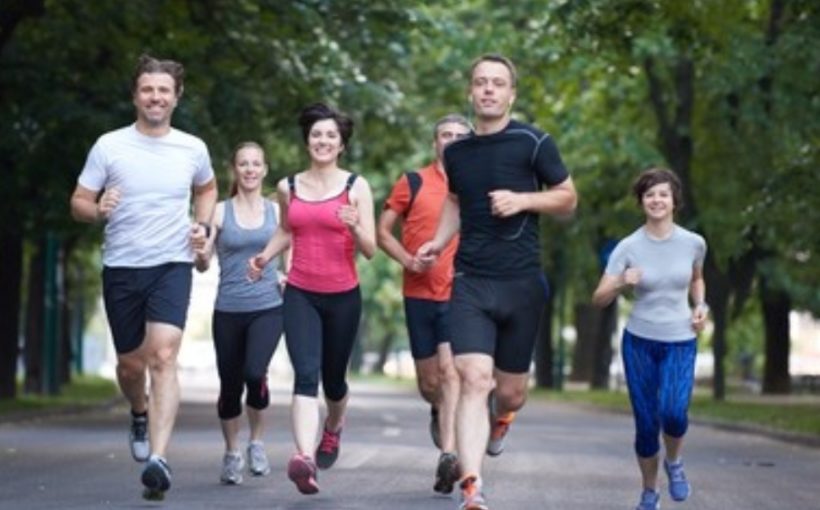Physical activity programs like the 10,000-step phenomenon alert inactive people to become active and stay active, according to a recent study involving University of Alberta physical activity experts.
“Basically, the study says people who use pedometers—or any of the activity monitors available for our wrists or our phones—raised their awareness of their lack of activity,” said U of A physical activity and health promotion researcher Kerry Mummery.
He said this was the basic psychological theory behind the 10,000-steps program—goal setting and self-monitoring.
“It is the combination of a specific goal and the ability to measure one’s progress against that goal that helps to move people, from a motivational perspective,” he said. “A goal of 10,000 steps is quite meaningless until someone measures what their activity actually is.
“The devices themselves don’t move anyone.”
Mummery, who helped pioneer Australia’s 10,000-steps program nearly 20 years ago and Alberta’s version, UWALK, in 2013, explained the University of Calgary-led research followed 23 normally inactive adults who participated for 12 weeks in the UWALK program.
Participants reported that having to record their daily step count made them more mindful of time spent being inactive. They said it was also a good learning experience for those who might overestimate their activity levels and led to strategies for getting those steps in when, for instance, the weather wasn’t ideal.
Mummery said strategies to keep physically fit are necessary because modern society has systematically removed physical activity from daily life, whether it is “step-saving kitchens or making sure parking is as close to the workplace as possible. The list is endless.”
He explained the engineering of taking activity out of daily life began innocently enough as people searched for ways to cut back on hard physical labour.
“Previous generations’ levels of occupational physical activity was beneficial in some ways but onerous in others, so much of our work has been systematically engineered to reduce physical labor. Now we sit and do very little, to the point we have to replace occupational activity with incidental physical activity and exercise,” he explained.
One way of replacing some of that incidental physical activity with purposeful physical activity is through active transportation—cycling or walking to get from point A to point B—which the study participants noted was an effective way of increasing their daily steps.
However, some reported that distance was a deterrent and that having more amenities within walking distance would have allowed them to do more on foot.
Mummery said active transportation is where municipalities can play a role. “The built environment can be a facilitator or it can be a barrier to physical activity, and what we don’t want is it to be a barrier,” he said.
“The old grid-style city layout is actually much more conducive to walking than the suburban cul de sac style because, if you live at the end of the cul de sac, you have to walk out and around five blocks just to get to school.”
As an academic in Australia, Mummery participated in a geographic information systems (GIS) mapping study in Rockhampton, Queensland, in which researchers measured the physical activity levels of residents and correlated them to local geographic attributes.
“We found that things as simple as street lighting and presence of footpaths—sidewalks in Canadian terminology—increased physical activity by reducing the barriers to walking to nearby destinations. A somewhat less tropical example would be bylaws aimed at removing snow and ice from sidewalks in the winter.”
Participants of the UWALK study also noted that access to nature or beautiful scenery encouraged even more physical activity.
Mummery said the City of Edmonton does a good job following a textbook social ecological model of not only keeping people moving, but also connecting them to local natural environments.
“I think Edmonton, for one, has done an excellent job in developing the river valley for accessible physical activity. I encourage the city to continue to expand this work” he said.
University of Alberta


